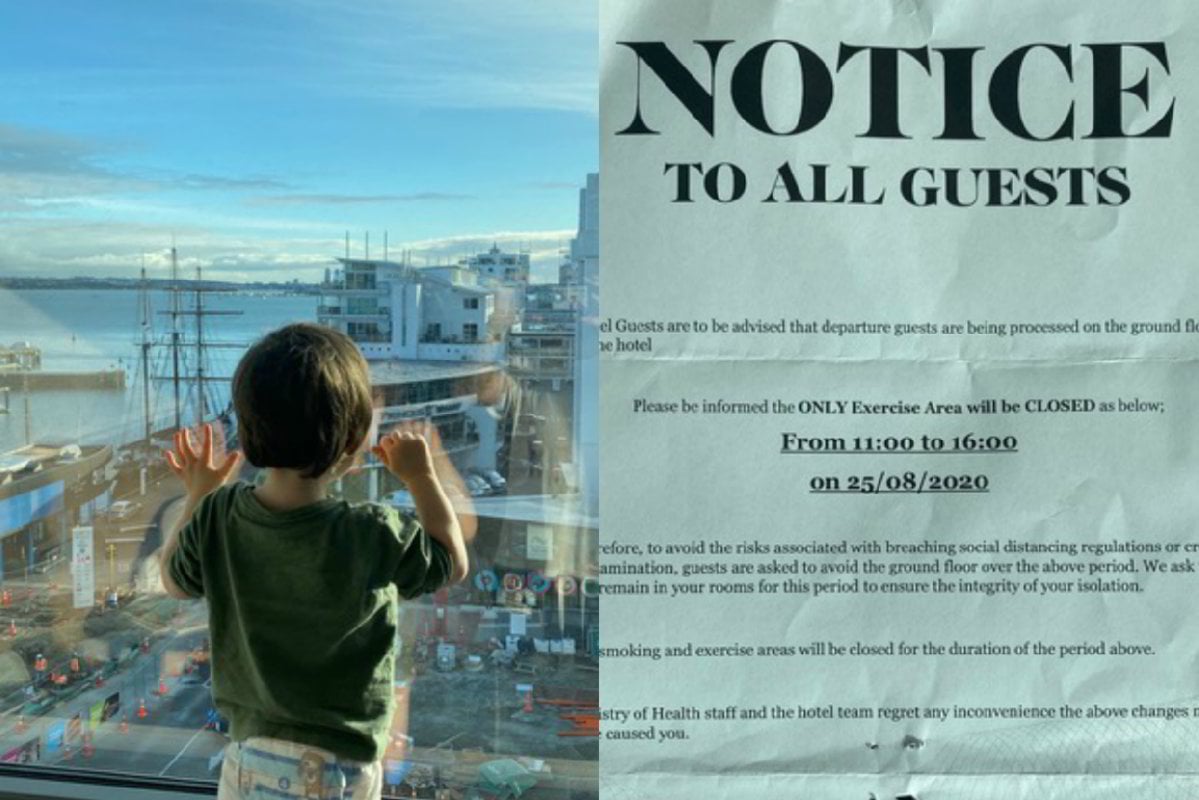
I’m writing this behind a locked window and wire fence in Auckland’s M-Social Hotel. Ten days ago, my husband Rod and I, along with our two young children Eve and Bobby, made a strange, nerve-wracking flight across international borders during COVID 19.
Before we left, I searched for accurate accounts: what would our journey entail, and what could we expect on the other side. A New Zealand Government brochure provided helpful information - but not the details.
The details are impossible to write up in a booklet, and it’s the details that are difficult for a government to control. I’ve created this post to share our family’s experience of the journey, of border control, of managed isolation so far - and why everything has been both better and worse than I expected.
Watch: A thank you to masks. Post continues below.
We’d been talking about doing a stint in New Zealand for years, and two months ago, my husband landed his dream job in Wellington. It was July, Australia’s COVID cases were low and the news media predicted a travel bubble by September. We’d be able to relocate without quarantine and I could continue my business (learning events), commuting back to Sydney regularly.

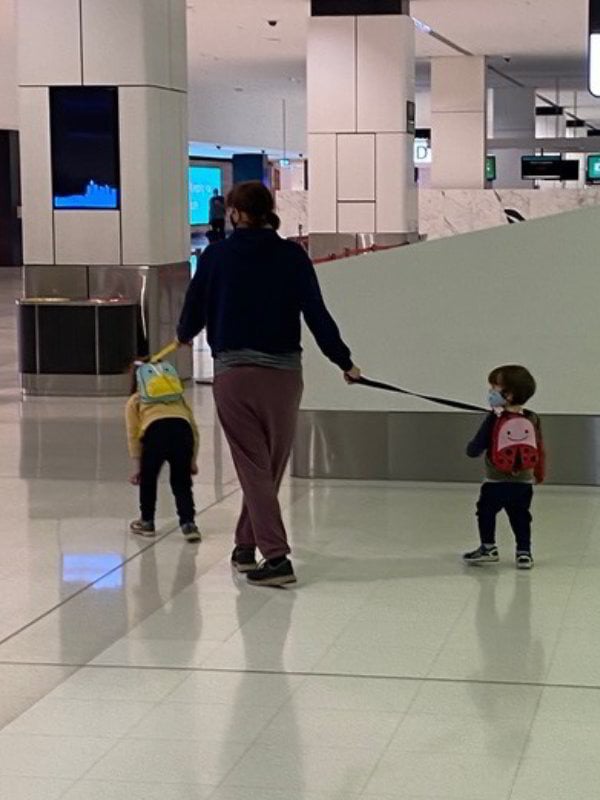
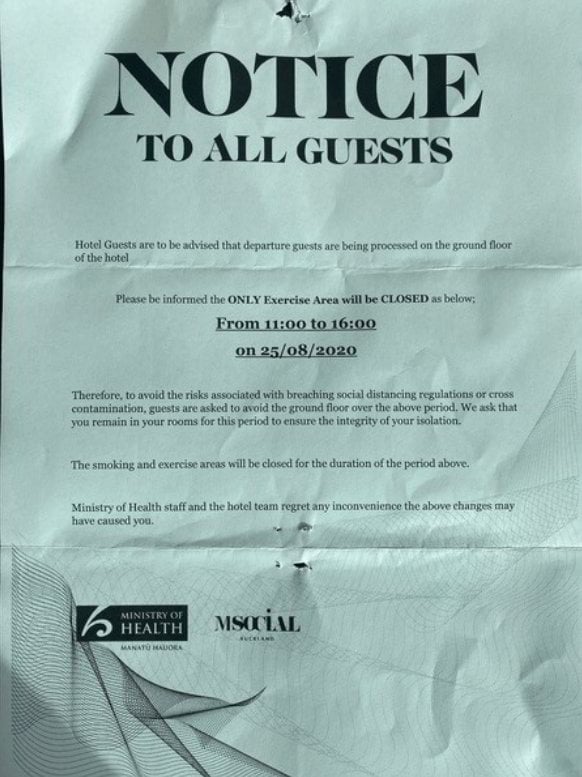
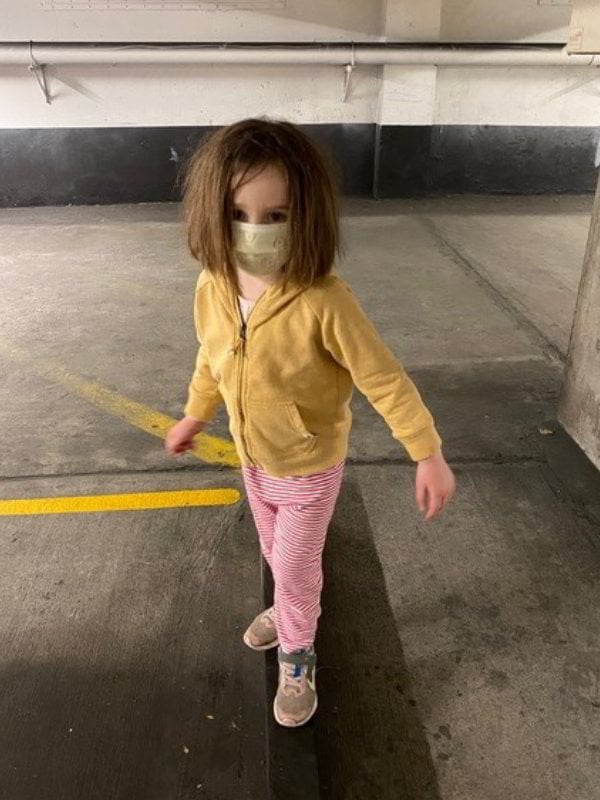
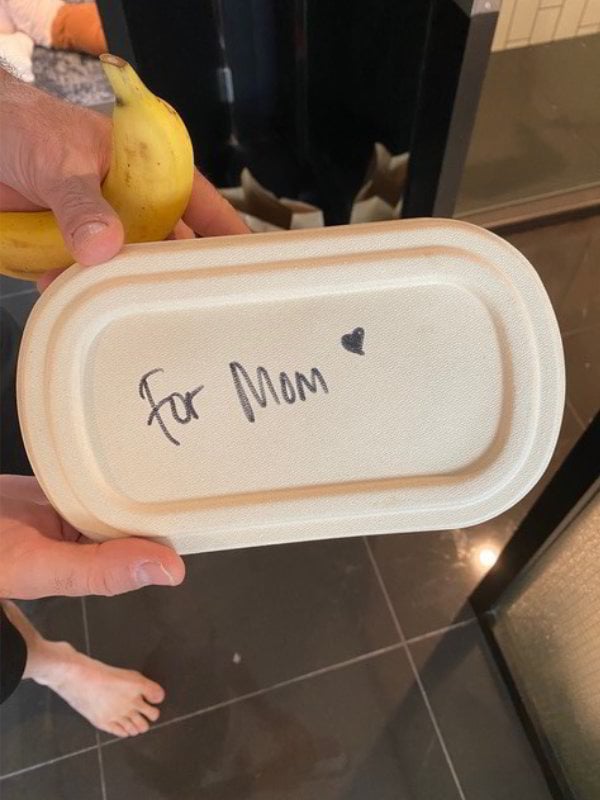
Top Comments